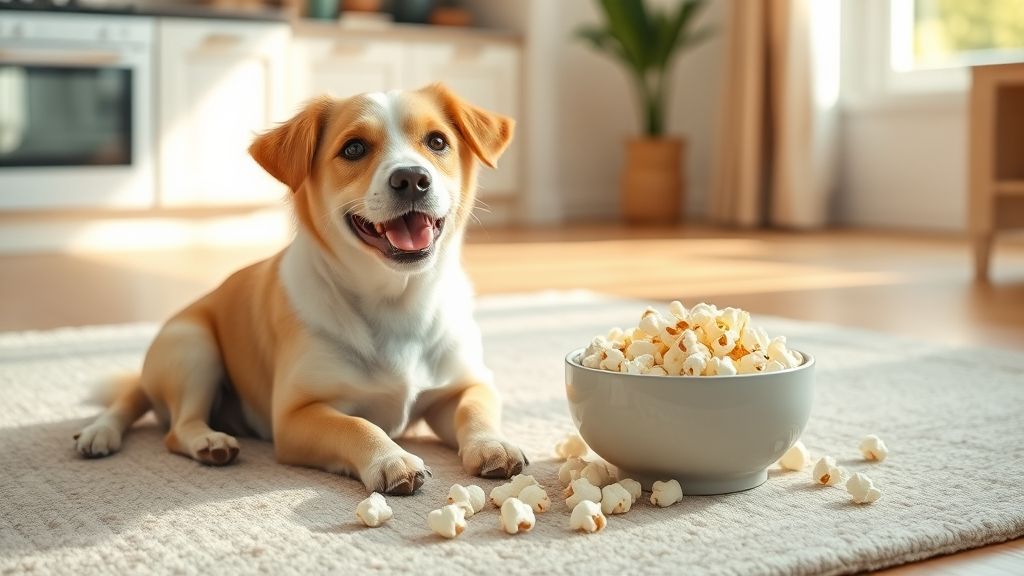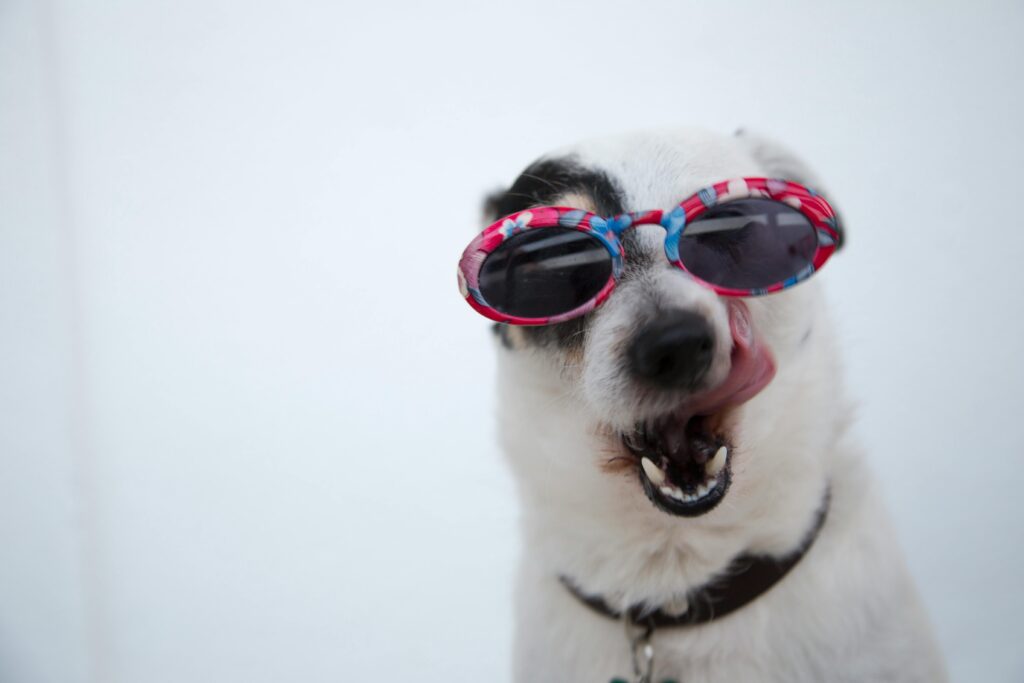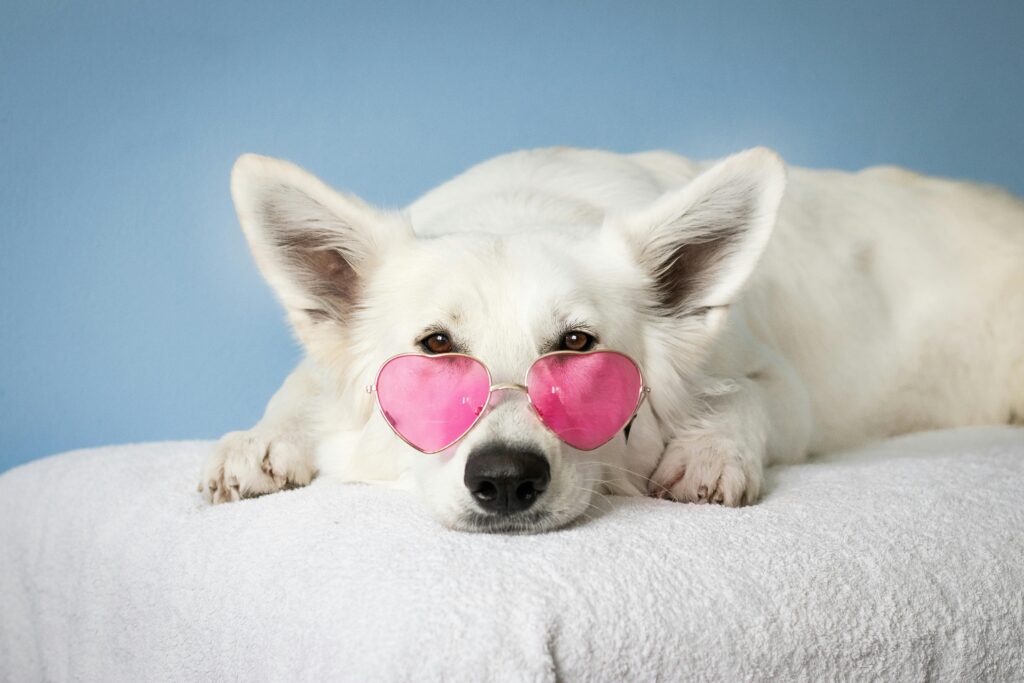Can Dogs Eat Popcorn? Safety & Serving Tips

Table of Contents
When you share a cozy movie night snack with your furry friend, you might wonder, “Can dogs have popcorn?” The answer isn’t just a simple yes or no; it’s layered with considerations about safety, health, and moderation. As popcorn becomes a staple snack for many, understanding its implications for your canine companion can help ensure their well-being and happiness.
Why It Matters

Feeding your dog treats can be delightful, not just for them, but also for you as you see them enjoy various foods. However, with an estimated 53% of dogs in the United States classified as overweight or obese, it’s crucial to make informed choices. Popcorn might seem harmless, but an increasing number of pet owners are exploring healthier and safer alternatives for their four-legged friends. A recent survey revealed that 67% of dog owners now regularly read ingredient labels before feeding their pets anything new. This reflects a growing awareness of canine nutrition that we can’t overlook.
Consider a scenario: You’re settling down for a movie marathon, and you pop a fresh bowl of popcorn. Your dog, eyes wide and tail wagging, looks at you expectantly. Is it safe to share this snack, or should you resist those puppy-dog eyes?
Key Insights
1. Plain Popcorn is Safe in Moderation
Plain, air-popped popcorn without added salt or butter is safe for dogs. High in fiber, it can be a light snack. However, moderation is key—too much can lead to gastrointestinal issues. A small handful occasionally as a treat is perfect.
2. Be Wary of Toppings
Many flavors of popcorn, including cheese, caramel, or butter, contain ingredients harmful to dogs. For example, butter can lead to obesity and pancreatitis, while toppings like chocolate are toxic. Stick to plain popcorn to avoid adverse effects.
3. Popcorn Kernels are a No-Go
While the popped corn can be a treat, unpopped kernels pose a choking hazard and can cause dental damage. Always ensure that what you offer is fully popped and free of any morsels that haven’t made it into snack form.
4. Watch for Allergies
Similar to humans, some dogs can be allergic to corn. If introducing popcorn for the first time, watch for signs of an allergy, such as itching, swelling, or gastrointestinal upset. If you see these signs, it’s best to discontinue the treat and consult your veterinarian.
5. Make It a Training Tool
Using popcorn as a reward during training sessions can be a fun and engaging way to bond with your dog. Just ensure it remains a small part of their overall diet to avoid excess calories.
Resources & Tools
Here are some handy resources to explore for more in-depth knowledge on canine nutrition and safe treats:
PetMD: A trusted source for pet health and nutrition advice offering insights into various treat options. (Pros: Comprehensive; Cons: Some articles might require a veterinary background for deeper understanding.)
Chewy: This online retailer features a section dedicated to dog diet and health, including reviews on different treats. (Pros: User reviews for firsthand experience; Cons: Some products may not be available in all regions.)
BarkBox Blog: Offers fun ideas and recipes for dog treats, including popcorn variations that are dog-friendly. (Pros: Engaging and easy to digest; Cons: Occasionally promotes products that may not suit all dogs.)
Mistakes to Avoid

Assuming All Popcorn is Safe: Always check for added ingredients that could be harmful. Stick to plain, air-popped options.
Ignoring Portion Sizes: Treat popcorn as it is—an occasional snack rather than a dietary staple. Overdoing the snacks can lead to obesity.
Offering Kernels: The habit of sharing a bowl can be tricky if kernels are involved. Always sift through the popcorn before sharing to ensure no unpopped kernels remain.
Real Examples
Meet Sarah and her Golden Retriever, Max. One cozy Sunday evening, Sarah decided to share her plain popcorn with Max. Initially hesitant, she gave him just a few pieces while keeping a close eye on his reaction. Max loved it! After checking with her vet, Sarah learned that as long as she kept the serving size modest and avoided all toppings, popcorn could be an exciting treat for Max. Over the next month, Sarah occasionally introduced popcorn during their movie nights, and Max’s joyful reactions cemented popcorn as a special treat in their household, all while keeping health in mind.
Tailored Tips
For Families:
If you have kids, involve them in the popcorn preparation process. Teach them to pop popcorn without additives and use it as a bonding moment where your kids can share a snack with the family dog safely.
For Busy Pet Owners:
If you’re always on the run, consider poppable microwave bags of plain popcorn as a quick and easy treat between meals.
For Senior Dog Owners:
If your dog is a senior, consult your vet on the appropriate serving size, as older dogs may have specific dietary needs and lower caloric requirements.
Conclusion

Understanding whether dogs can eat popcorn helps pet owners make better choices for their furry companions. Popcorn can indeed be a safe and fun treat as long as it’s served in moderation and without harmful toppings. Try introducing popcorn as an occasional snack and watch your dog’s reaction.
Have you ever tried sharing popcorn with your dog? Share your experiences below!
FAQs
1. Can dogs have flavored popcorn?
No, flavored popcorn often contains additives such as cheese or salt, which can be harmful to dogs.
2. How much popcorn can I give my dog?
Start with a few pieces and monitor how your dog reacts. A small handful as an occasional treat is generally safe.
3. Is popcorn a healthy treat for dogs?
Plain, air-popped popcorn can be a low-calorie treat, rich in fiber, but always treat it as a snack and not a meal replacement.
4. Can puppies eat popcorn?
Puppies should avoid popcorn until they are older and their digestive systems are more developed. Always consult a vet if unsure.
5. What should I do if my dog ate unpopped kernels?
Monitor for any signs of choking or distress. If your dog shows any concerning symptoms, consult your veterinarian immediately.



